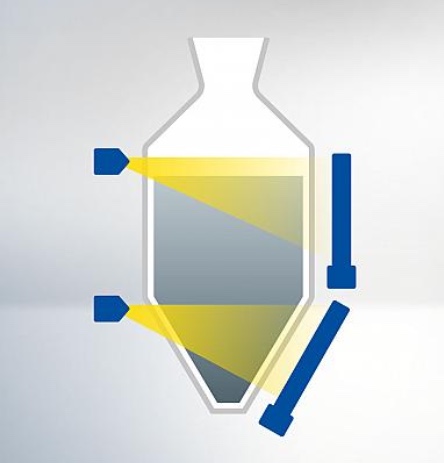Question
-
Our SRU is keep generating a white smoke from the incinerator, what might be the reasons and why?
Apr-2025
Answers
-
Marcio Wagner da Silva, Petrobras, marciows@petrobras.com.br
White smoke in the stack of Sulphur Recovery Units (SRU) can be related to high moisture content in the flue gases or the high concentration of SO2 (sulphur dioxide) in the flue gases. It's important to analyse the flue gases to understand that the issue is related too high moisture, high SO2 or both. Regarding the white smoke caused by high moisture, it's important to check the process to identify potential leaks which can cause a sudden elevation in the moisture of the tail gas, leading to higher condensation rates in the stack. Another point to verify is the temperature of the stack, low temperatures will increase the condensation potential of the water and produce the white smoke, at this point it's important to consider the weather conditions once colder weather will potencialize the water condensation in the stack. Related to white smoke caused by high SO2 in the tail gas, inadequate furnace conditions can lead to high concentration of H2S and SO2 in the flue gases and white smoke formation in the stack, this can be avoided keeping the adequate ratio between air and acid gas in the furnace. Inadequate furnace conditions can lead to H2S slip with afterburn and water formation in the stack, causing white smoke in the stack, these issues can be worst under low throughput scenarios of the SRU where the low flow rate of acid gas will lead to excessive air ratio and high H2S concentration in the tail gas, leading to the presence of high moisture concentration in the gases which can cause white smoke production. The issues related to white smoke in the stack of SRU units are deeply reduced in processing units relying on tail gas treatment sections, where the unconverted sulphur in the form of SO2 is treated with hydrogen to produce H2S and then submitted to another Claus step to improve the sulphur recovery and then minimising the risks of H2S slip.
Apr-2025

















